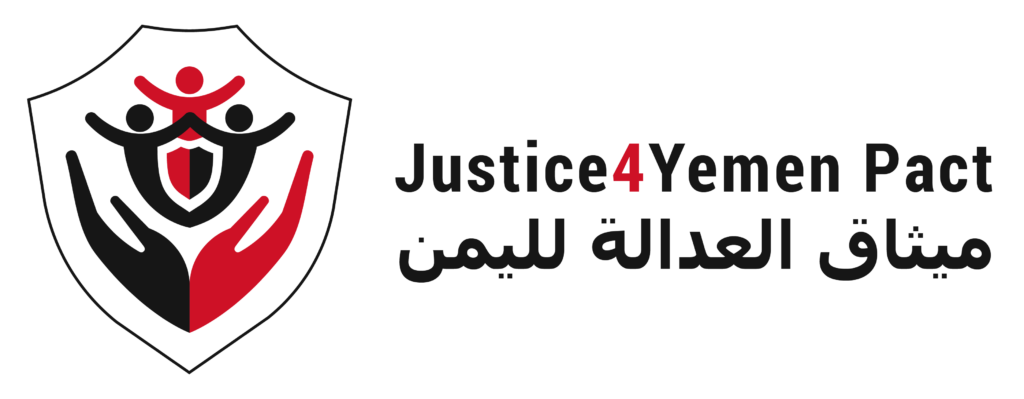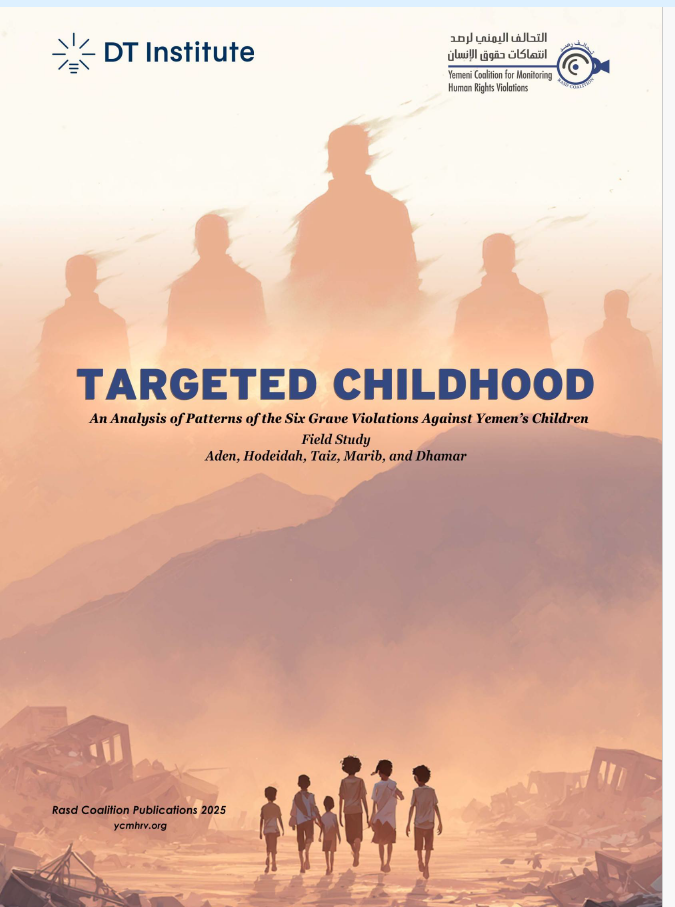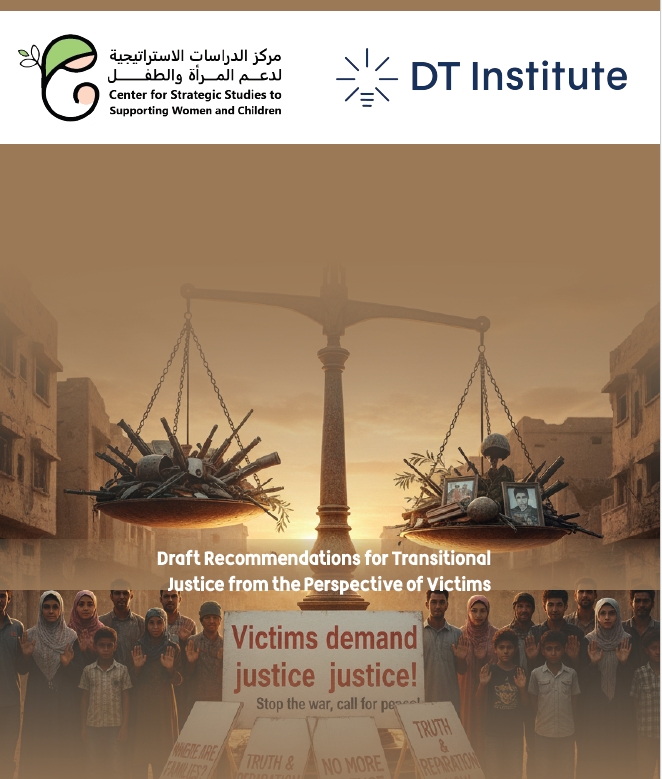Introduction
Several Yemeni media outlets circulated news on May 22-23, 2024, reporting a mysterious explosion in a neighborhood of the capital, Sana’a, under the control of the armed Houthi group. Left four victims, including two dead children, and one injured child. Conflicting accounts in various coverage about the nature and causes of the explosion raised questions. The absence of published information and evidence, along with the conflicting accounts regarding the location and timing of the incident, opened a wide door to endless questions and raised many doubts.
Rasd Coalition has assigned researchers to use open sources to track and compile all published information about the incident. Experts subsequently developed several hypotheses and conducted extensive content analysis to prove or disprove them. Despite the difficulty of arriving at precise conclusions, one hypothesis was strongly favored: an explosion did occur and caused casualties, but the Houthi group deliberately disinformed the public about it.
The Incident and Conflicting Information
A mysterious explosion occurred in the Al-Huthaili neighborhood in the Al-Sab’een district, southern Sana’a, resulting in four victims. A man and a child were killed instantly, a second child died later, and a third child was seriously injured. The Houthi-affiliated Al-Masirah TV website and several other news websites that consistently adopt the group’s narrative reported that the victims were: Shater Ahmed Mohammed Al-Ali, 20 (died); Hafiz Allah Nabil Hamoud Fadel Ayed, 12 (died); Mufadel Nabil Hamoud Fadel Ayed, 11 (died); and Younis Abdullah Ahmed Mansour, 14 (injured by shrapnel throughout his body).
The first news article about this incident was published on Wednesday, May 22, 2024, on Al Masirah TV channel on Telegram. The source was a reporter from the channel. The news was posted then on the channel’s website, with few details, including that the explosion resulted in four casualties, occurred on Wednesday, and that it was caused by what it called “a cluster bomb leftover from the Saudi-American aggression in the capital, Sana’a.” The report did not provide sufficient details, and among the few details it contained was that the bomb exploded while the victims were collecting scrap metal in the Al-Huthaili neighborhood.
The website also provided the names and ages of the victims, as reported by the director of the Al-Qalfan Police Station.
Al-Masdar Online published different details about the incident, two hours after Al-Masirah TV’s website. It stated that the explosion occurred the previous day, Tuesday, May 21, inside a scrap metal shop located in front of Al-Jamli Supermarket in the Al-Huthaili neighborhood. Al-Masdar Online attributed the additional details to local sources, stating that the explosion was caused by a “strangely shaped” mine. Al-Masdar Online noted that Houthi-affiliated media outlets claimed that the projectile was a “cluster bomb left over from the aggression,” noting that it was unable to verify this claim from an independent source.
Upon investigation, it turned out that a few websites circulated this news, referring to Al-Masirah TV and published it verbatim, without providing anything noteworthy. Except 21st September website, a news website officially affiliated with the Houthi group, which provided completely different information from that circulated on other websites representing the group or those that adopt its narrative. What was noteworthy, however, was the date of publication and its description of the time of the incident. It also published the news on Thursday, May 23, claiming that the explosion occurred hours earlier!
| Where did the incident occur? | ||
| First narrative | Second narrative | Third narrative |
| In a garbage dump | In a hardware store | in the Al-Huthaili neighborhood, without details |
| When did the incident occur? | ||
| First narrative | Second narrative | Third narrative |
| Wednesday, May 22, 2024 | Tuesday, May 21, 2024 | Thursday, May 23, 2024 |
| What exploded? | ||
| First narrative | Second narrative | Third narrative |
| A cluster bomb left behind by the Coalition | a strangely shaped mine believed to be locally made | |
This contradiction and lack of accurate information made it difficult to reach correct conclusions. Where Houthi group accused the Arab Coalition, but failed to provide clear evidence. Such as the bomb remnants that would have supported these accusations, but the group did not release any photos or videos of the remnants of the bomb, nor of the victims, except for a single, blurred photo of a child, in which no details are clear. The group could also have appointed an investigation committee or allowed human rights organizations to document the incident. This did not happen, which raises more questions. In addition, garbage usually does not remain in dumpsters for long and is transported daily outside the city. Moreover, Arab Coalition airstrikes have ceased since April 2022, making it difficult to believe a bomb could have remained in a landfill for two years. Therefore, the Houthi group has used disinformation to evade responsibility towards the victims.
Houthi Group Stifling Opposing Voices
Since seizing control of the capital Sana’a in September 2014, the Houthi group has dominated public media outlets and clamped down on opposition newspapers and satellite channels, shutting down most of them. Also blocked opposing news websites.
According to an Al Jazeera report published in early 2016, most private and partisan newspapers (daily and weekly) ceased publication in early 2015 due to threats and repression by the Houthi group. At that time, the number of local, Arab, and international newspaper websites blocked by the group had reached 120.
Over the years, the situation has worsened. The Houthi group has continued to ban local and international media outlets, leading Yemen to rank third globally among the countries with the most blocked websites, according to the Top10VPN website, with 62% of websites in Yemen blocked. In September 2024, Anthony Bellanger, Secretary General of the International Federation of Journalists, strongly condemned what he described as “the adverse working environment and climate of fear experienced by journalists and media professionals in Yemen, which puts their safety at risk.”
Only three days after Al-Huthaili bombing, on May 25, 2024, the Houthi group imposed new restrictions on opposing media outlets, demanding that they obtain licenses, pay fees, and provide information about their sources of income and funding, and their staff. The Houthi group claimed that this move was aimed at unifying what it called media and political discourse, and vowed to launch a broad campaign to shut down, confiscate, and ban all media outlets that do not comply with the instructions. Including independent channels, newspapers, and websites, and those affiliated with political parties and organizations that have previously declared their alliance with the Houthis.
Media Disinformation by the Houthis
According to the Yemeni Policy Center, the Houthis invest in a variety of news outlets and artistic productions, which promote misleading information about their opponents, to control the situation in their areas of influence and justify the violence they commit against people. Documentaries, articles, social media posts, and cartoons, published on pro-Houthi platforms, focus on their preoccupation with directing media narratives in areas under their control to maintain a competitive advantage in public messaging and media narratives—the “soft war,” as they often call it.
According to a study by the Massachusetts Institute of Technology, the use of disinformation in warfare is not new; the Nazis used it during World War II. Mechanisms of media disinformation include direct deception through the dissemination of false news and manipulation of context by presenting accurate information while removing its context to alter its meaning. The disinformation motives are mainly to evade responsibility, discredit opponents, and exacerbate societal divisions to divert attention from key issues. The danger of media disinformation lies in the erosion of trust in institutions, misleading public opinion by leading to flawed collective decisions, obstructing accountability, and allowing responsible parties to escape punishment by distracting public opinion, and fueling violence and conflict through organized hate speech.
Houthis benefit from Iran’s and Hezbollah’s expertise in disinformation, manipulating information, and using it to suppress dissent. Hezbollah’s support is not limited to embracing Houthi-affiliated media networks but also extends to training media personnel, particularly what is known as “war media,” an Iranian term for military media, which has emerged in Iranian-led conflict zones in Iraq, Syria, Lebanon, and Yemen.
According to the Yemeni Policy Center, research conducted by DT Global over the past few years shows that Yemenis living in the north have a high degree of trust in Houthi news outlets and are more likely than their southern counterparts to view statements from Houthi officials as credible, even when these statements are false.
Conclusion:
Amid the contradictory media coverage and deliberate disinformation surrounding the explosion in al-Huthaili neighborhood of Sana’a, a painful reality emerges: the Houthis’ use of systematic disinformation to obscure facts and shape narratives. The incident, which killed four people, including children, has not been precisely clarified due to conflicting accounts of the time, location, and nature of the explosion, indicating a systematic manipulation of the facts. While pro-Houthi media promoted the narrative of a “cluster bomb left behind by the Arab Coalition,” other sources offered different explanations without supporting evidence, deepening the ambiguity, and sowing doubt about the group’s intention to hold others responsible for the incident.
This is not limited to this incident alone; it is part of a broader strategy to impose a “single voice” by suppressing independent media and monopolizing media platforms, supported by Iran and Hezbollah’s experience in soft warfare. These policies not only hinder access to the truth but also undermine trust in institutions and hinder accountability, allowing violations to continue without accountability.
Al-Huthaili neighborhood explosion is a reminder that the danger of media disinformation lies in its dual effect: distorting collective consciousness and allowing perpetrators to escape punishment. In the absence of transparency, there remains an urgent need for international interventions to support independent media and pressure for impartial investigations. Confronting Houthis’ systematic disinformation requires enhancing critical awareness among the public, exposing false narratives, and calling for a free media that restores Yemenis’ right to know the truth.





